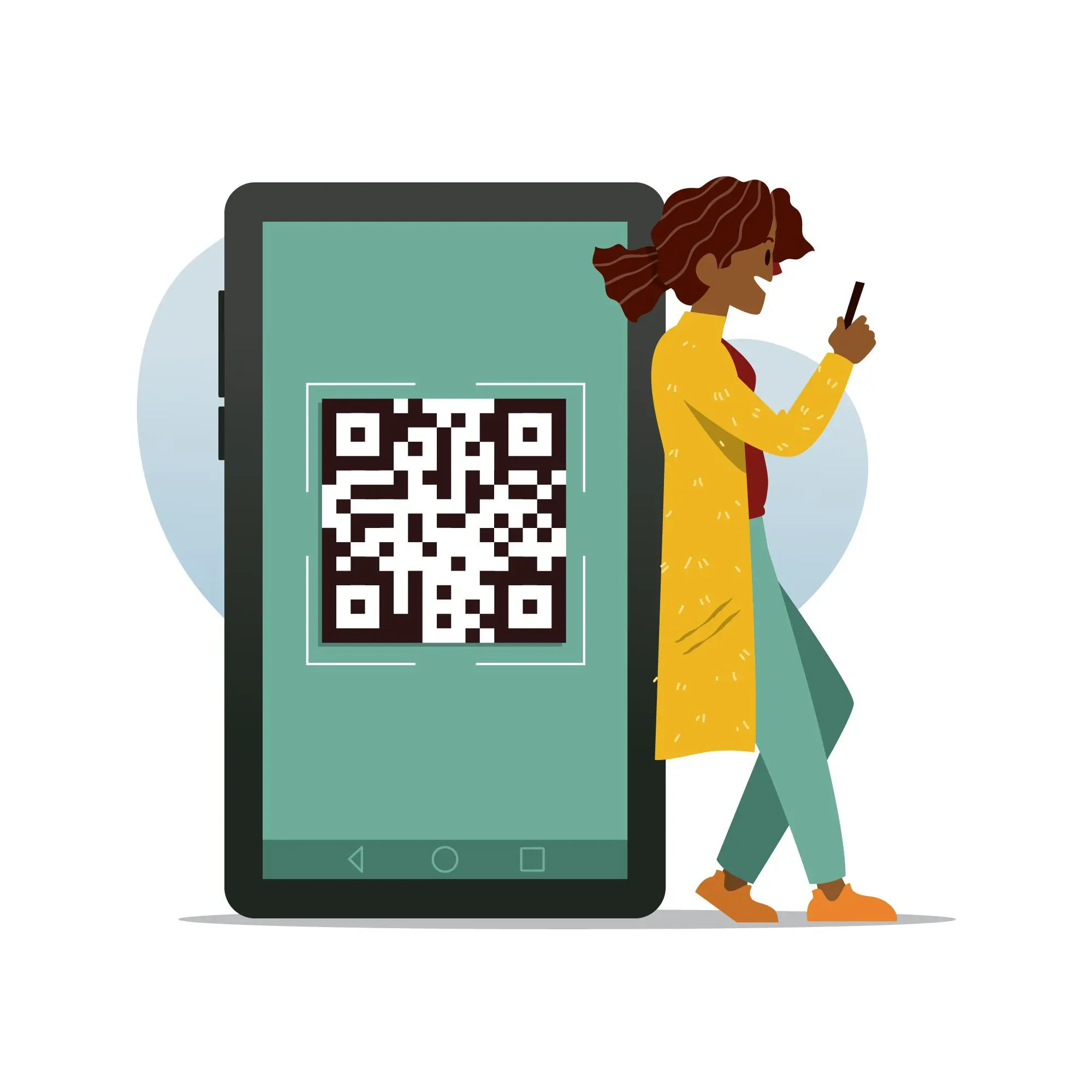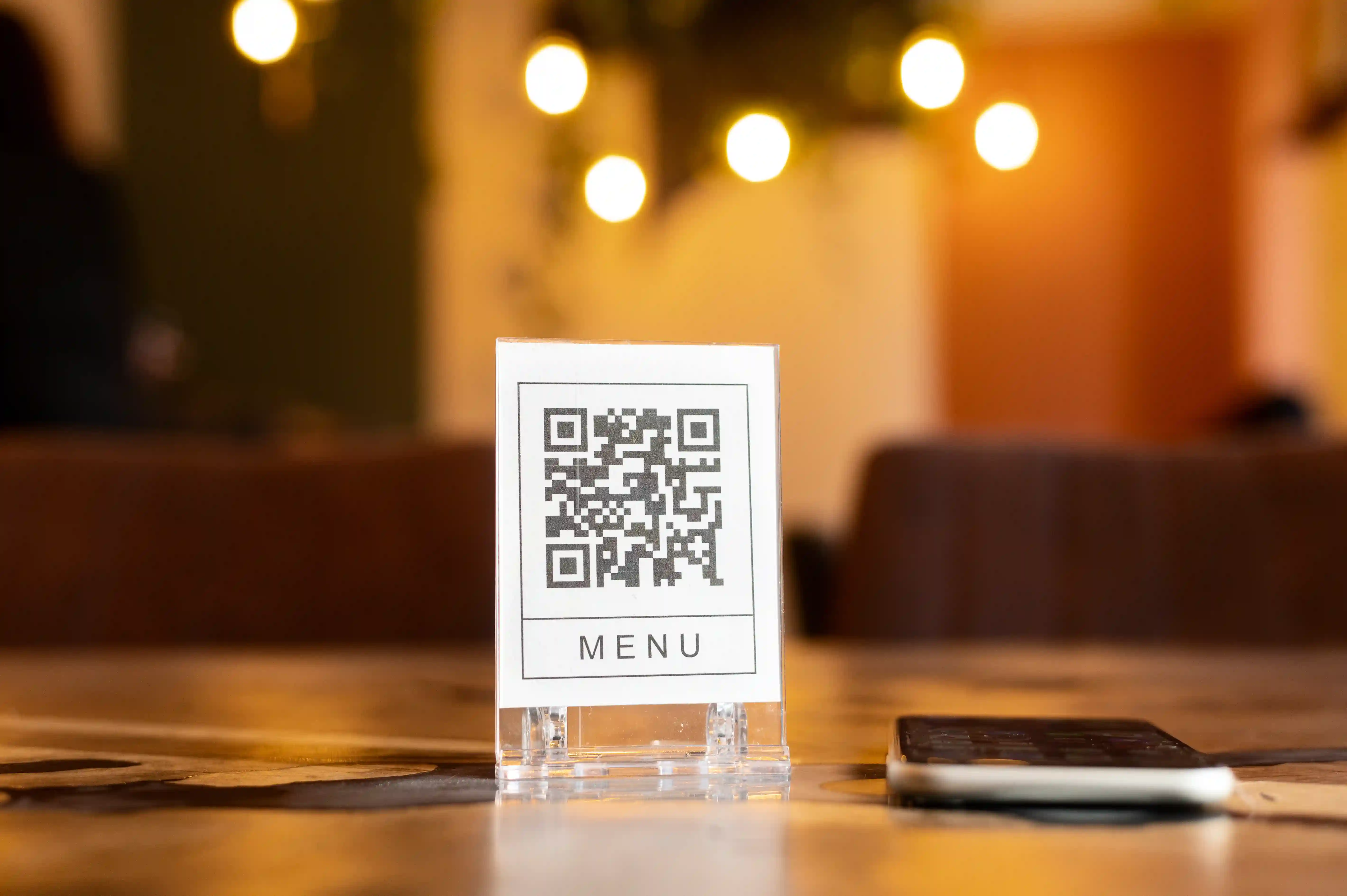Create Your Own QR Codes Instantly
Generate unique and customizable QR codes for your business, events, or personal use in seconds. It's fast, easy, and free!
Link
Call
Contact
SMS
Image
Select a category to fill the form.
How to Generate a QR Code

Step 1: Enter your data
Provide the necessary details (like URL, text, or other data) that you want to convert into a QR code.

Step 2: Customize your QR code
Choose from various customization options such as color, size, and design to make your QR code unique.

Step 3: Generate the QR code
Click the "Generate" button and instantly create your custom QR code. You can now download and use it!
SecondSection
Frequently Asked Questions
A QR code is a type of matrix barcode that contains information readable by devices such as smartphones. It can be used for a variety of purposes, including URL links, contact information, and more.
QR codes work by encoding data into a two-dimensional barcode, which can be scanned and interpreted by a QR code reader or smartphone camera.
Yes, generating and using QR codes is generally free. However, some platforms offer premium services for more advanced QR code features.
QR codes can store various types of data, including URLs, contact information, email addresses, phone numbers, plain text, and even files like PDFs.
Absolutely! QR codes are versatile and can be used for personal projects like sharing contact information or business purposes like marketing, payments, and event management.
Scanning QR codes is generally safe, but you should be cautious of codes from unknown sources as they can sometimes lead to malicious websites or download harmful files.
QR codes do not have an expiration date. Once created, they will continue to work as long as the information they point to remains active.
Yes, QR codes can be customized with different colors, patterns, and logos to match your brand or personal style.
You can change colors, add logos, and choose different patterns for the dots and corners. However, it’s important to ensure that the QR code remains scannable after customization.
If done properly, customization should not affect readability. It’s essential to maintain contrast between the QR code and the background, and to avoid over-complicating the design.
Ensure that there is enough contrast between the QR code and its background, avoid using too many colors, and test the QR code with different devices before finalizing it.
Yes, you can add a logo to the center of your QR code. Just make sure the logo doesn’t cover too much of the code, as it might make it unscannable.
Maintain high contrast between the code and its background, avoid over-complicating the design, and always test your QR code on multiple devices to ensure it’s scannable.
Yes, some QR code generators allow you to change the shape of the dots (modules) in the code. However, be careful not to alter the structure too much as it could affect scanability.
For high-quality prints, use vector formats like SVG or EPS. These formats ensure that your QR code remains sharp at any size.
You can download your QR code in various formats such as PNG, SVG, or PDF, depending on the tool you are using to generate the QR code.
Most QR code generators allow you to download your QR code in formats like PNG, SVG, and PDF. Some tools also offer EPS and JPG formats.
To scan a QR code, open the camera on your smartphone or use a QR code scanning app. Point the camera at the QR code, and a notification should appear with the encoded information.
An internet connection is only necessary if the QR code links to online content. If the code contains plain text or other offline data, you don’t need an internet connection to scan it.
Yes, you can scan a QR code from an image or screenshot by using a QR code scanner app that allows you to upload the image for scanning.
If your QR code is not scanning, check for sufficient lighting, ensure the code is not damaged or distorted, and make sure your camera is focused. If customized, ensure the design is not interfering with the code’s functionality.
Most modern smartphones with a camera can scan QR codes natively or with a QR code scanning app. Older devices may require a dedicated app to scan QR codes.
FourthSection